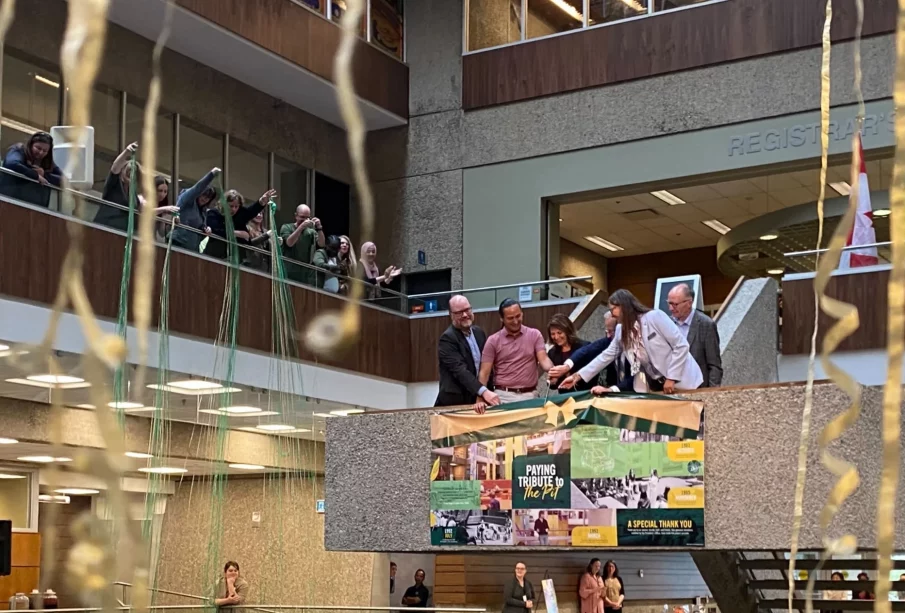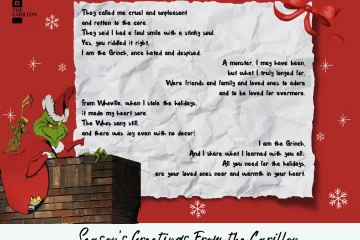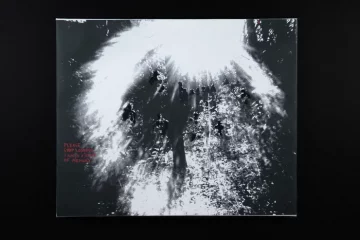A nostalgic unveiling of the revitalized 70’s conversation pit
Famous for its carpet and loved by many for its role in nostalgic university memories, the conversation pit located on the first floor of the Administration Humanities building was recently celebrated after getting a fresh new look. Last year, the University of Regina (UofR) announced that they fundraised $90,621 for the pit’s revitalization project. As the president and vice-chancellor of the university, Jeff Keshen’s office matched the donations and procured over $181,242. The pit’s rich history carries the legacy of current students, alumni, and faculty staff.
On Sept. 4, the newly renovated pit was opened to the public through a ceremony with speeches from university leaders and an alumnus. Additionally, new public art was revealed, a ribbon cutting ceremony took place, and a choir performance concluded the program.
Keshen, who joked about having spilled coffee on the new carpet, expresses that the old pit needed some work. ‘’What really struck me at the time, is that it wasn’t accessible to the visibly challenged,” he said. “I can’t even remember what the old chairs were like, they were so decrepit!”
Keshen proudly shared that the revitalization project will give the university’s community and visitors more facilities to use and a place that can inspire them.
Keshen, who joked about having spilled coffee on the new carpet, expresses that the old pit needed some work. – Lee Lim
Students’ thoughts about the pit
For a year and a half, students have come to know the pit through the disruptive and noisy construction taking place inside it. For a lot of 2024 and most of 2025, many seating hubs on campus were closed and usual routes to classrooms were blocked for renovations; frustrations from students were bound to arise.
Psychology major Abigail Reimer-Golden recalled having to find a new place to study at. ‘’It was really annoying listening to all the construction during finals. [It] sucked because I used to study at the AdHum building, and then I had to move,’’ she said.
After Sept. 4, the pit grabs the attention of passersby with its modern design and pops of taxi cab-yellow seats. There is now additional seating, electrical outlets, a small set of bleachers, a fireplace, and an accessibility ramp.
Biology student Ella Cloutier shared that she is in favour of its new features. “I’m glad there’s a variety of seating. It will be a good place for people to sit when they’re not really doing work,” she stated.
Reimer-Golden also admires the new pit. “I think the accessibility is cool. They added a ramp!”
The new space is spacious enough to allow for events to be hosted or for big groups to gather in. A first year student of the Bilingual Nursing program, Tonia Iradukunda, said that she doesn’t know what the pit looked like before but she is excited to make use of the space. ‘’Since it’s a pretty open area, it would be nice to have group studies or an [event] for advising new students,’’ she declared.
How the pit is passed down from one generation to the next
Alumnus Greg Bamford’s speech at the grand re-opening highlighted three chapters in his life that the pit became a part of. When Bamford was a child, his father, Dave, worked on the fifth floor of the AdHum building as the university’s Director of Budgets and Resource Planning. He found comfort in knowing that his dad and his friends were just upstairs if he needed anything. When it came time for his university days, he said, “the pit, then featuring a more subdued purple carpet, became a spot to relax between classes or early morning shifts. I met friends here, swapped stories, and even grabbed a quick nap.”
Bamford said that the future is the third chapter in his story, since the pit is once again ready to welcome the U of R’s community with this revitalization. ‘’I’m excited to know that the same spirit connection that I felt here as a kid and as a student will live on for generations to come,’’ Bamford expressed.
Associate Vice-President (Indigenous Engagement) Lori Campbell said that the pit is a key feature of the university. “Everybody who has passed through here as a student over the 50 years of the university has memories of the AdHum pit,” said Campbell.
She shared that it was important for the redevelopment of the pit to have Indigenous presence within the space. “As a First Nations person, seeing ourselves represented when we walk in the door on the beautiful artwork by Larissa Kitchemonia, [it] will be a conversation starter,” said Campbell.
When asked what iconic thing would come out of the new pit in another fifty years, Campbell responded, ‘’I wonder [if] I’ll be talking about the yellow furniture they got and that Indigenous artwork. It’s really hard to say because things move so fast. I do know it will be easier to clean with not having carpet on the benches and chairs.”
She hopes that the vision they put forth for the pit will get the current and future U of R community through the next decades.
The new pit is a unique space on campus that bridges the past, present, and future. – Lee Lim
New public art at the AdHum space
In addition to seeking donations to revitalise the space, the U of R put out an open call for artists to install new public art in the building. Larissa Kitchemonia, an artist from The Key First Nation and U of R alumnus, was selected to create the floor art design entitled Four Good Directions. Additionally, As Long As The River Flows are colourful and show-stopping murals Kitchemonia installed on the windows on the higher levels of the building. “There’s teachings and so much learning we can do just from those pieces,” Campbell proclaimed.
Sean Whalley and Grace Boyd from the Faculty of Media, Art, and Performance (MAP) joined Kitchemonia as selected artists for the revitalization project. Their collaboration, which started back in March, produced Echoes Between Centre. It is installed at the entry-way of the AdHum building and was inspired by the community and connections made on campus. Three concentric rings made from natural face steel represent the university’s pillars and its natural elements like the lake, land, creatures, and beings.
When asked about their process in choosing materials, Boyd shared that they thought of using ceramic, cement, or natural found objects but chose to use corten for the piece. “Steel is familiar to both of us, more so Sean, and it was the best fit for what we wanted to represent,” said Boyd.
The new pit is a unique space on campus that bridges the past, present, and future. Though it doesn’t sport the 70s orange carpet anymore, its presence continues to be of significance to the university’s community. As a place to hang out, host events, to study, or maybe even to sleep, the pit will always be there for you.









